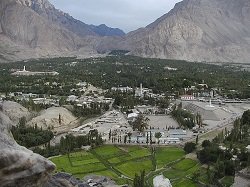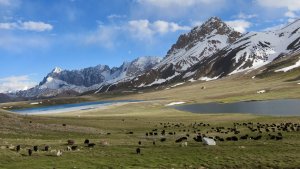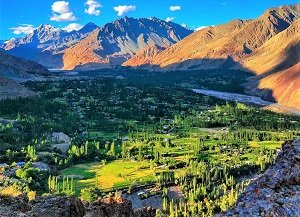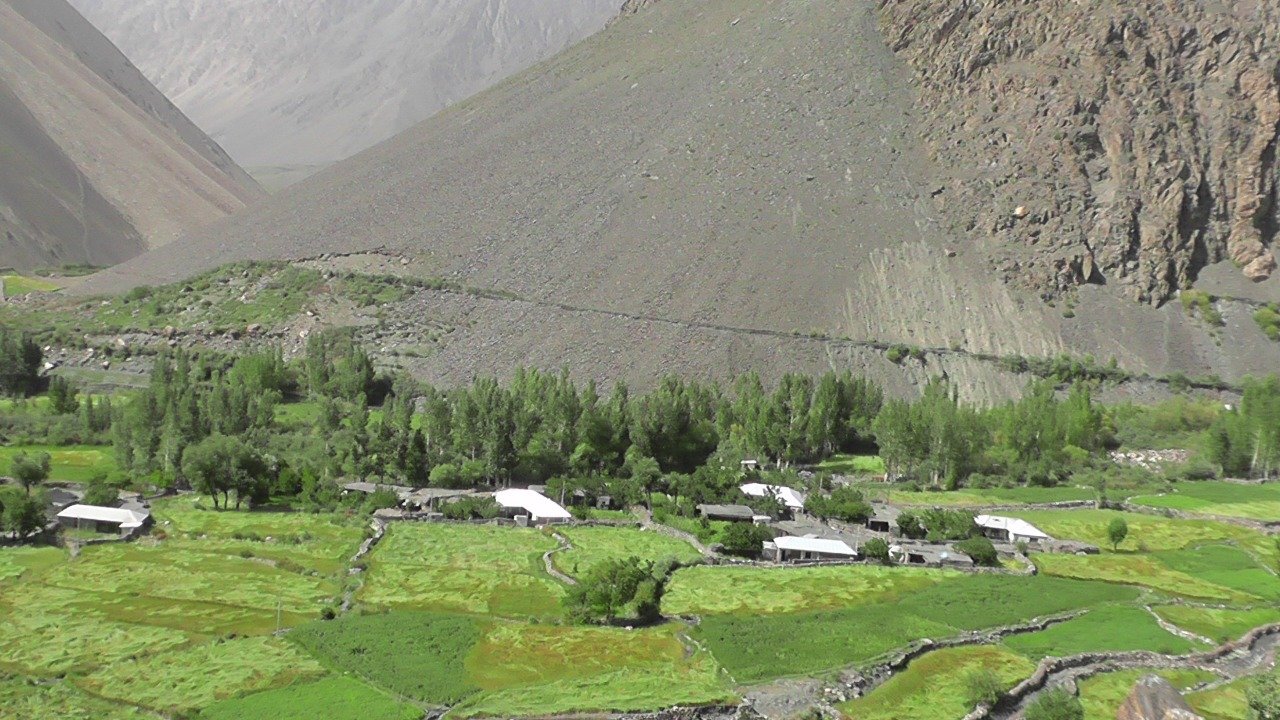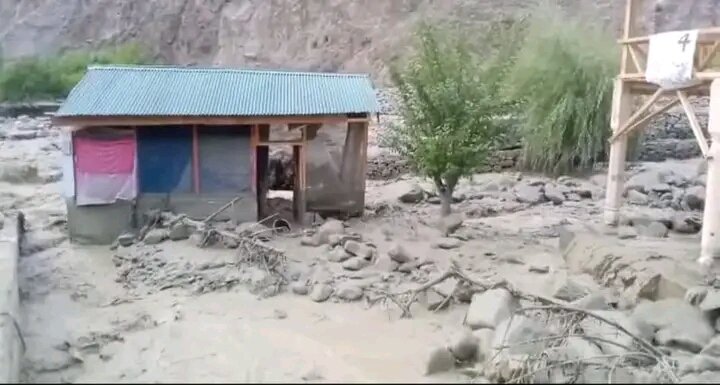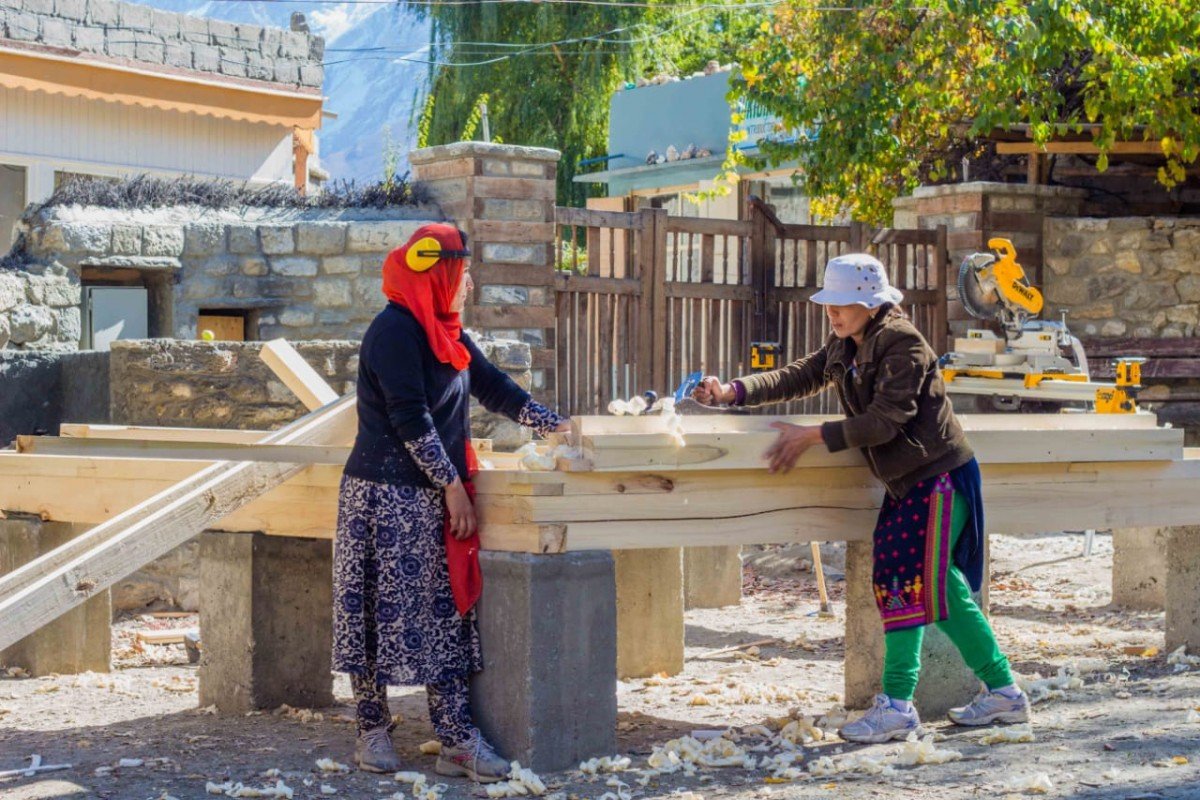Hyper-tourism: Skardu residents’ predicament
The recent surge in tourism — often referred to as “hyper-tourism” — has cast a shadow over Skardu once-idyllic haven. The influx of vehicles has overwhelmed the city’s already fragile ecology and poor infrastructure, creating significant challenges for the local population.To ensure that tourism remains a blessing rather than a problem in the region, a multi-layered approach is needed to ameliorate the situation.
Read More
